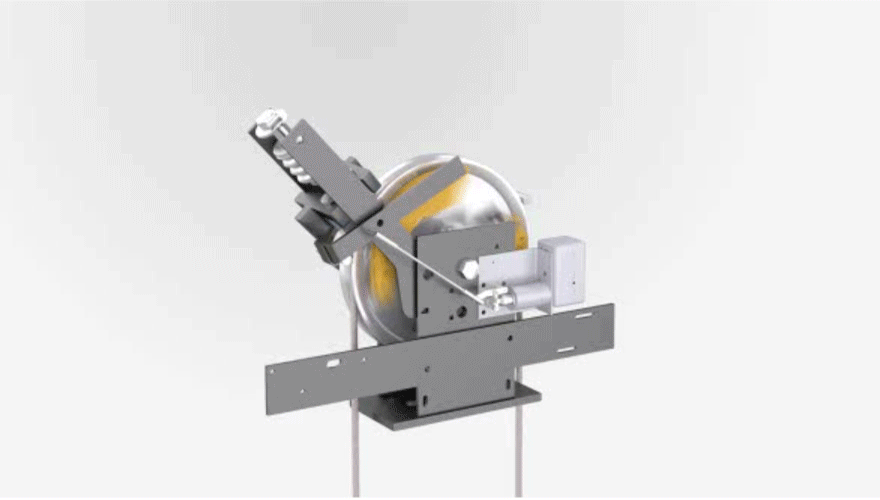An elevator governor is a speed monitoring device on traction elevators that triggers a safety mounted on the car frame when the elevator reaches high speeds in either direction. The governor is located in the machine room or overhead, depending on the design of the elevator. An elevator governor has several main components, including:
- Governor Rope
- Governor Sheave
- Safety Trip Mechanism
In the rare case that an elevator has gone past its recommended speed, either because of a mechanical malfunction or the suspension ropes being partially severed, the governor can also act as a stopping mechanism as the elevator cab accelerates. The governor sheave also accelerates until a preset speed limit is attained and a speed-sensing device is tripped. At that point, the governor’s rope-gripping jaw is activated to seize the governor rope. As the car continues to descend, the stopped governor rope moves the fixed car safety operating lever to engage the safety jaws. The safety jaws grip the two main guide rails and slow the elevator cab to a halt. Once the safety jaws engage the rails the cab will be brought to a halt in about 6.5 inches. In addition to triggering the safety, an elevator governor’s overspeed switch being tripped also activates other cab safety devices by cutting power to the drive and activating the brakes when necessary.
The governor senses the overspeed condition and sends an electrical signal to cut power to the machine which would stop an upward-traveling elevator, unless loss of traction were to occur in which the counterweight would safely land on the buffers and the upward-traveling elevator would come to a stop.

 United States
United States


